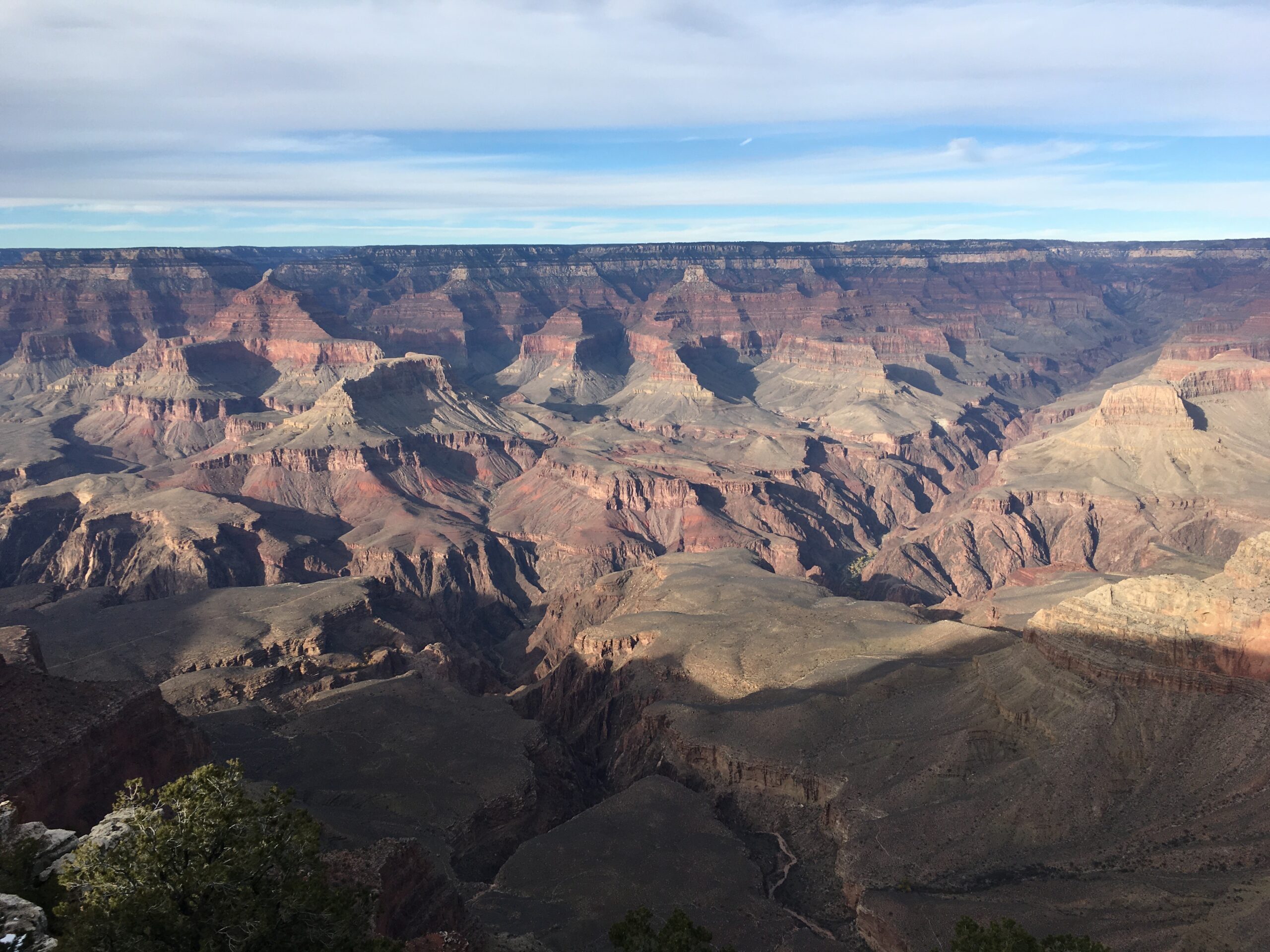Hello, Guys! Here’s your supporter Genki!
ご覧いただきありがとうございます。
さて。
今日は、「有酸素運動の適応」
を英語で書いていきます。
目次
Introduction
昨日は「有酸素運動での短期的反応」
について、英語で
書かせていただきました。
紹介した有酸素運動での
短期的な反応は、
脈拍、呼吸数(呼吸速度)
体温、血流の上昇でした。
今日は、これらの短期的反応を
有酸素運動を長期的に行うことで
どのように体に変化が起きてくるかを
書いていきます。
それでは
英語で見ていきましょう。
有酸素運動の適応 英文
Adaptations for Cardiovascular exercise
As I mentioned yesterday, when you performing cardiovascular exercise, your body responses shortly by increasing Heart rate, Respiration rate, Body temperature, and Blood flow to do so.
And this short-term responses(Acute responses) continue for a long-term period, in other words, if you continue to perform a cardiovascular exercise for a long-term period, it leads to the long-term adaptation.
The long-term adaptation, which also called chronic adaptation, is one of physiological responses of our body.
Benefits from long-term adaptation for cardiovascular exercise are following;
Increased VO2 Max
Increased cardiac output
Increased Type I muscle fibers
Increased anaerobic threshold
Decreased resting heart rate
Decreased lactate production
VO2 max is a measurement of person’s maximal oxygen consumption. I will post about it later.
These are the main benefits(not all) of long-term adaptation to cardiovascular exercise. And these help us to become higher fitness level and health level.
これが今日の英文になります。
いかがでしたでしょうか?
今日は少し単語は控えめですね。
早速、出ててきた英単語を
振り返っていきましょう。
有酸素運動の適応 英単語
解剖学専門用語
Physiology:生理学
Acute response:急性期反応
Adaptation:適応
Cardiovascular exercise:有酸素運動
Heart Rate:脈拍
Respiration Rate:呼吸数(呼吸速度)
Body Temperature:体温
Blood Flow:血流
Chronic adaptation:慢性適応
VO2 Max:最大酸素摂取量
Cardiac output:心拍出量
Type I muscle fiber:遅筋
Anaerobic threshold:無酸素性代謝閾値
Lactate:乳酸
ここまでが英単語になります。
単語を学んだところで
もう一度、英文を見ていきましょう。
時間があれば、
日本語訳を考えながら
読んでみてください。
有酸素運動の適応 英文(2度目)
Adaptations for Cardiovascular exercise
As I mentioned yesterday, when you performing cardiovascular exercise, your body responses shortly by increasing Heart rate, Respiration rate, Body temperature, and Blood flow to do so.
And this short-term responses(Acute responses) continue for a long-term period, in other words, if you continue to perform a cardiovascular exercise for a long-term period, it leads to the long-term adaptation.
The long-term adaptation, which also called chronic adaptation, is one of physiological responses of our body.
Benefits from long-term adaptation for cardiovascular exercise are following;
Increased VO2 Max
Increased cardiac output
Increased Type I muscle fibers
Increased anaerobic threshold
Decreased resting heart rate
Decreased lactate production
VO2 max is a measurement of person’s maximal oxygen consumption. I will post about it later.
These are the main benefits(not all) of long-term adaptation to cardiovascular exercise. And these help us to become higher fitness level and health level.
2回目の英文はいかがでしたでしょうか?
ご自身の日本語訳もできましたでしょうか?
最後に、日本語訳を見ていきましょう。
有酸素運動の適応 日本語訳
有酸素運動の適応
昨日も書いた通り、有酸素運動を行うと、
短期的な反応として体は、脈拍数を上昇、
呼吸数を上昇、体温を上昇、血流を高めます。
そしてこの短期的な反応(急性期反応)が継続する場合、
もしくは、長期的に有酸素運動を行うことで、
長期的な適応として変化します。
長期的な適応(別名、慢性適応)は、
ぼくたちの体の生理的な反応の一つになります。
有酸素運動における長期的な適応の効果としては、
以下が挙げられます。
最大酸素摂取量の上昇
心拍出量の上昇
遅筋の増加
無酸素性代謝閾値の増加
安静時心拍数の低下
乳酸の生成低下
最大酸素摂取量は、
一人当たりの最大の酸素消費量を
表すものです。後日、記事を書きます。
これらが有酸素運動における長期的な適応の
主な効果になります。(全てではありません)
これらがぼくたちの健康レベル、
運動レベルともに向上させてくれます。
ここまでが日本語訳になります。
専門用語多め、
かつ細かい説明となるので
徐々に勉強していきましょう。
日々の継続が大事ですよ。
今日はここまでです。
お読みいただきありがとうございました。
それでは次回でお会いいたしましょう!
ヤマガタゲンキ



